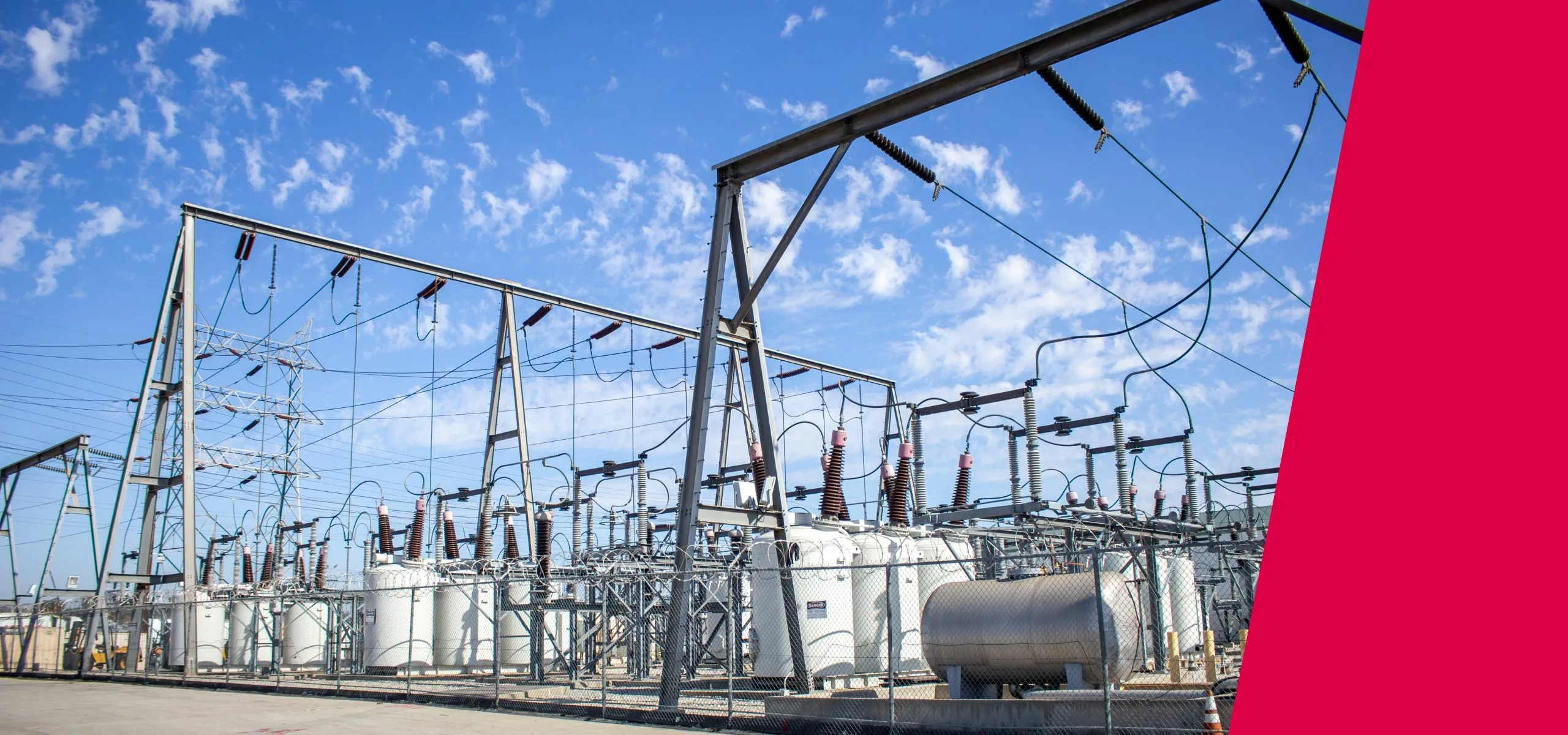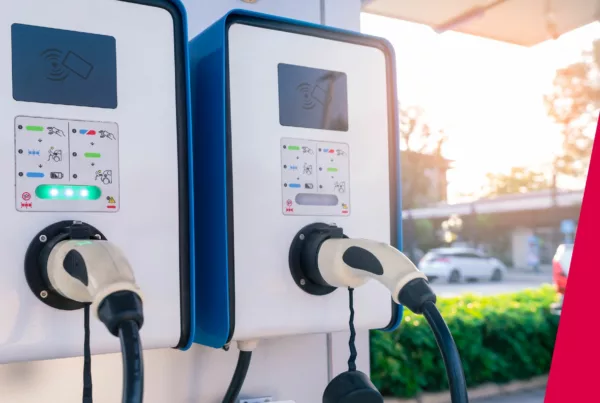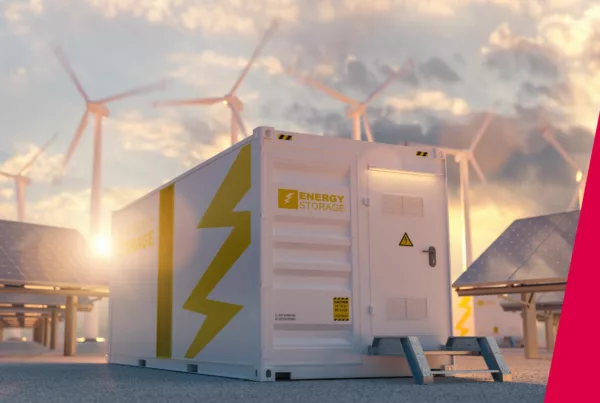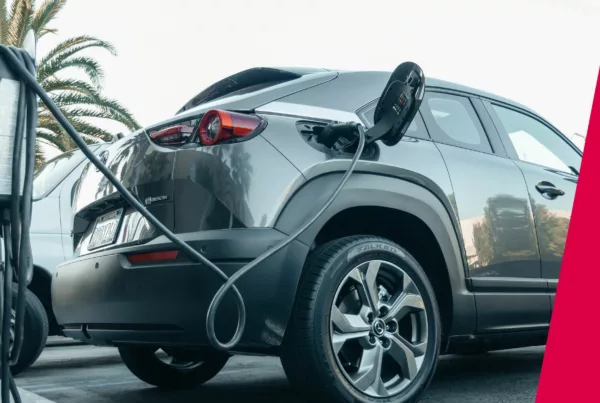An Introduction to IEC 61850
IEC 61850 is a global standard designed to streamline communication within electrical substations. By providing a framework for data exchange between Intelligent Electronic Devices (IEDs), IE 61850 simplifies the integration of different systems and enhances efficiency. This standard plays a crucial role in modernising power grids, enabling real-time monitoring, automation, and improved grid stability. In this article, we explain more about IEC 61850, its role in modern electricity grids, and how energy services companies can ensure compliance.
Firstly, What is IEC 61850?
IEC 61850 is an international standard for communication protocols in electrical substation automation systems. It is a comprehensive set of rules and specifications for the exchange of data between Intelligent Electronic Devices (IEDs) within a power system network. It aims to enhance power grid operations’ interoperability, flexibility, and efficiency.
Understanding IEC 61850
IEC 61850 was developed by the International Electrotechnical Commission (IEC) to address the growing complexity of power systems and the need for standardised communication in smart grid applications. The standard covers various aspects of substation automation, including:
- Data modelling,
- Communication protocols,
- Engineering processes, and
- Compliance testing.
By providing a ‘common language’ for devices from different manufacturers to communicate, IEC 61850 facilitates integration and data exchange within power systems.
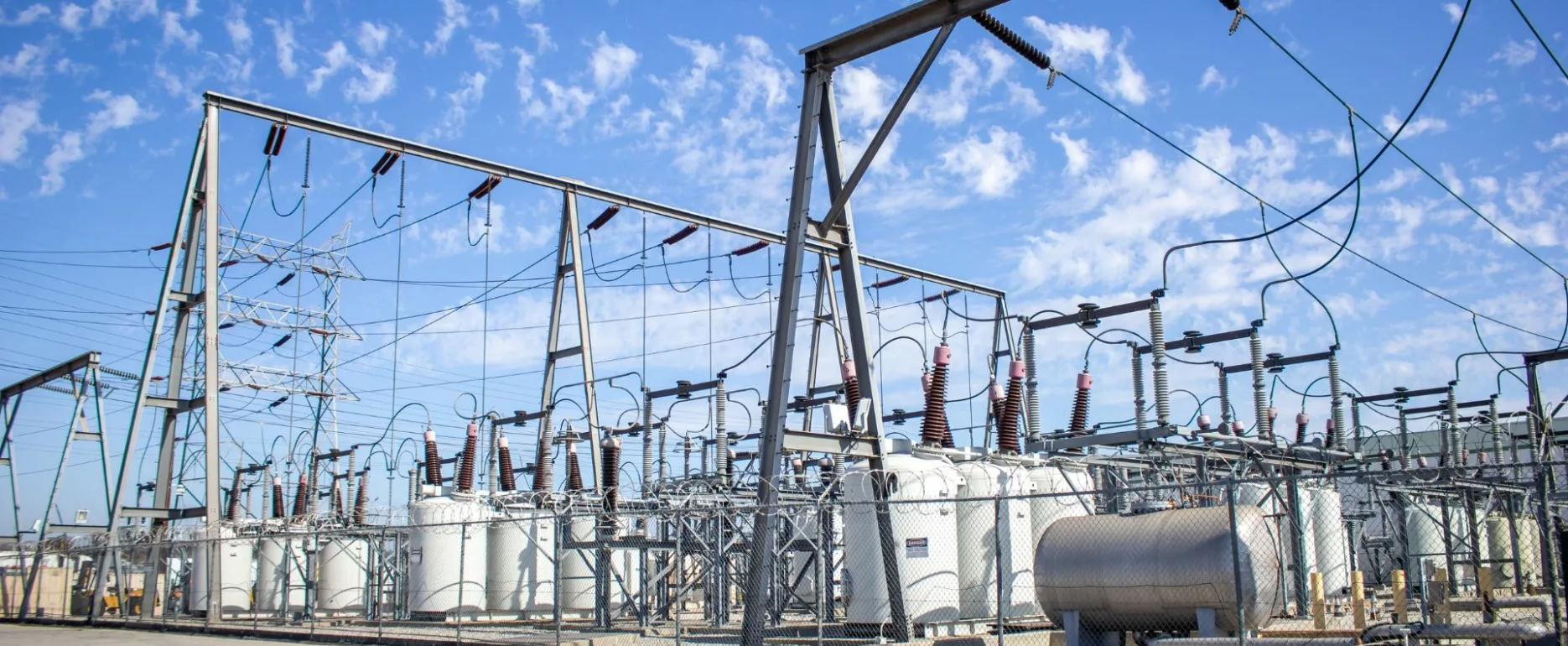
Key Features of IEC 61850
- Object-Oriented Data Model
IEC 61850 uses an object-oriented approach to represent power system devices and functions. This model, known as the Abstract Communication Service Interface (ACSI), defines logical nodes and data objects that correspond to real-world power system components.
- Standardised Communication Services
The standard specifies various communication protocols, including:
- Generic Object-Oriented Substation Event (GOOSE) for fast, real-time communication,
- Sampled Values (SV) for transmitting analogue data, and
- Manufacturing Message Specification (MMS) for client-server communication,
- Substation Configuration Language (SCL)
IEC 61850 introduces SCL, an XML-based language for describing substation configurations. SCL enables the exchange of configuration data between engineering tools and IEDs, simplifying system design and maintenance.
- Time Synchronisation
The standard incorporates precise time synchronisation mechanisms, ensuring accurate timestamping of events and measurements across the power system network.
Benefits of Implementing IEC 61850
- Interoperability: Devices from different manufacturers can communicate seamlessly, reducing integration challenges, delays, and costs.
- Flexibility: The object-oriented model allows for easy expansion and modification of substation systems without extensive reconfiguration.
- Reduced Wiring: By using Ethernet-based communication, IEC 61850 significantly reduces the amount of copper wiring required in substations.
- Enhanced Reliability: The standard includes comprehensive diagnostic features, improving system reliability and maintenance.
- Future-Proofing: As a continuously evolving standard, IEC 61850 adapts to new technologies and requirements, ensuring the long-term viability of implementations.
Need support building scalable energy management services?
Use our rapid-install systems to accelerate energy efficiency programmes.
IEC 61850 and EpiSensor Solutions
EpiSensor’s IoT hardware and software solutions can be leveraged to implement IEC 61850-compliant systems for Energy Management to:
- Easily collect real-time energy data from substation equipment,
- Monitor power quality and performance metrics with granularity and precision accuracy,
- Implement Demand Response systems,
- Enhance grid stability and reliability,
EpiSensor’s ZigBee wireless sensors and gateways can be configured to communicate with IEC 61850-compliant devices, enabling integration into existing substation automation systems. Furthermore, our cloud-based analytics platform, EpiSensor Edge, can process and visualise data from IEC 61850 networks with ease, providing valuable insights for energy management and sustainability programmes.
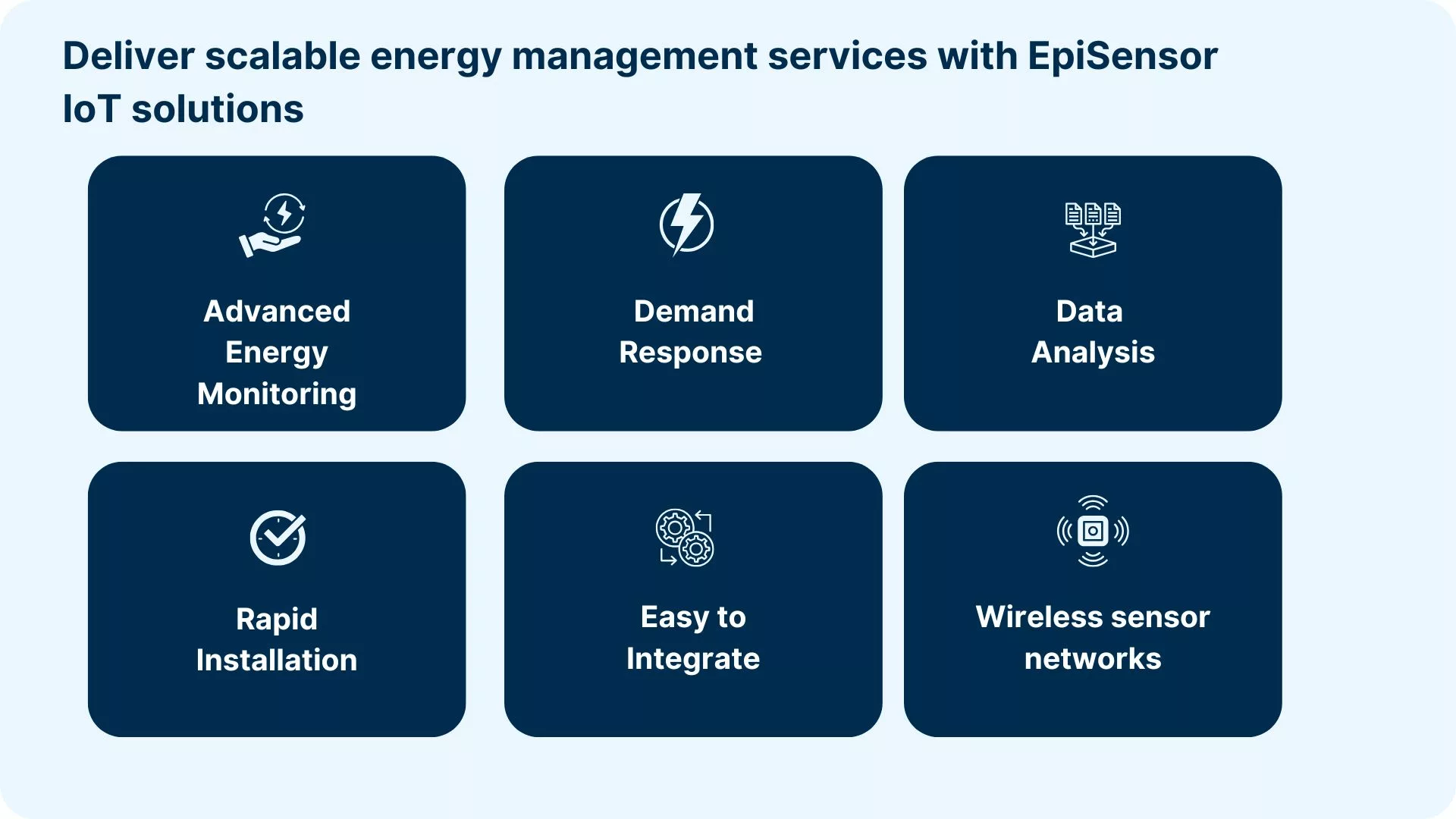
Challenges and Considerations with IEC 61850
While IEC 61850 offers numerous advantages, implementing the standard can present some challenges:
- Complexity: The comprehensive nature of the standard can make initial implementation complex and time-consuming.
- Cybersecurity: As with any networked system, proper security measures must be implemented to protect against cyber threats.
- Training: Personnel may require additional training to understand and work with IEC 61850-based systems effectively.
- Migration: Transitioning from legacy systems to IEC 61850-compliant infrastructure can be a significant undertaking.
The Future of Smart Grid Technologies
IEC 61850 is a powerful standard that is shaping the future of Smart Grid technologies and substation automation. This common framework for communication and data modelling enables more efficient, flexible, and interoperable power systems. As the energy sector continues to evolve, IEC 61850 will play an increasingly important role in facilitating the transition to more sustainable and intelligent electrical grids.
EpiSensor’s IoT solutions can complement IEC 61850 implementations by providing additional data collection, analysis, and visualisation capabilities. By combining these technologies, organisations can create comprehensive energy monitoring, demand response, and energy management systems that drive efficiency and sustainability.
Ready to accelerate IEC 61850-compliant energy management programmes?
Our IoT experts can help you design the systems architecture you need.
